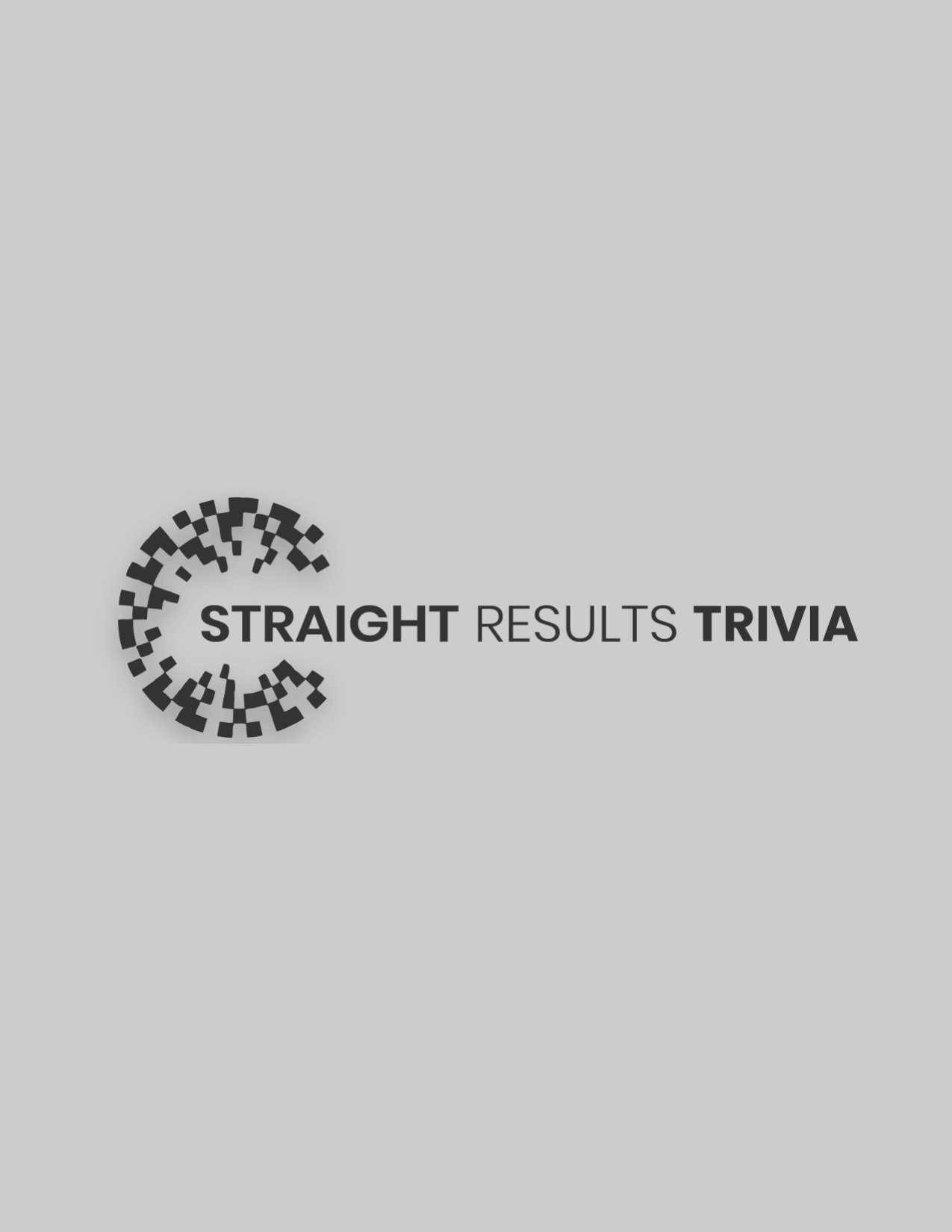SaaS, or software as a service, is a growing trend in the world of technology. It has become a popular way for businesses to outsource their software needs and avoid the hassle and expense of maintaining their own software applications. But what are the advantages and disadvantages of SaaS? In this blog post, we will explore both sides of the coin and help you decide if SaaS is right for your business.
One of the main advantages of SaaS is that it can save your business money. By outsourcing your software needs to a SaaS provider, you can avoid the upfront costs of purchasing and maintaining your own software applications. In addition, SaaS providers often offer their services on a pay-as-you-go basis, which can further reduce your costs.
Another advantage of SaaS is that it can help you stay up-to-date with the latest technology. SaaS providers are constantly updating their software to keep up with the latest trends and technologies. This means that you can take advantage of new features and functionality without having to purchase and install new software yourself.
However, SaaS also has its disadvantages. One of the main drawbacks is that you are reliant on the SaaS provider for access to your software. If the provider goes out of business or experiences technical difficulties, you may be left without access to your data or applications. In addition, SaaS can be less flexible than traditional software, as you are often limited to the features and functionality offered by the SaaS provider.
Before making a decision, it is important to weigh the advantages and disadvantages of SaaS to see if it is right for your business. SaaS can be a great solution for businesses that want to save money and stay up-to-date with the latest technology. However, it is important to consider the drawbacks carefully before making a decision. SaaS may not be right for every business, but it is worth considering if you are looking for a cost-effective and convenient solution for your software needs.















